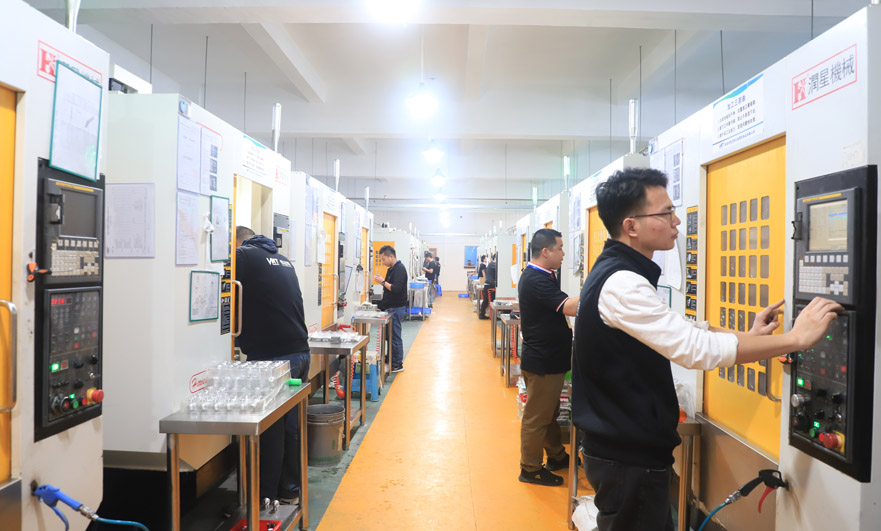15 years one-stop China custom CNC machining parts factory

Hey there I’m VMT Sam!
With 25 years of CNC machining experience we are committed to helping clients overcome 10000 complex part-processing challenges all to contribute to a better life through intelligent manufacturing. Contact us now
 332 |
Published by VMT at Oct 16 2021
332 |
Published by VMT at Oct 16 2021
There are many methods for manufacturing metal parts, but the two most popular methods in the industry are: forging and machining. But do you know when to use forging? When do you need machining? The following are some of the basic reasons why you choose forging or machining, and how these two machining processes work together.
Forging
Forging, when the metal cools, it forms "particles". The grains are strong, but they do not "stick" together perfectly. So the casting is likely to break. If you look at the fracture, it will show an uneven "ice layer" surface because it will separate between individual grains. From the perspective of a metalologist, it has poor ductility. Although the established presses and molds are not cheap, if you are mass-producing similar parts, it can be a cost-effective machining process. Assuming you are manufacturing the same basic connecting rod 500,000 and no further processing is required, then forging may be your best choice.
Forged metals generally only strengthen in a specific direction, that is, flow perpendicular to the grains. This is a bad part and requires all hard surroundings, such as crankshafts. For example: Forgings cannot be made with sharp angles (less than 90 degrees) because they are difficult to remove from the mold, which means that the sharpened point is impossible.

CNC Machining
The numerical control technology in the numerical control machining is the representative of the computer numerical control technology, which is a method to maximize the processing efficiency through the automation of the numerical control machining. Consider that machining is like engraving with metal. We program the CNC robot and then cut the metal until the rest is the desired part.

There are a few problems. First, it wastes a lot of metal. What is removed is only metal shavings and can only be sold as scrap. In contrast, forging almost all metals, except for a little "flash", penetrates the cracks between the tools and dies. This process can be time consuming-you can remove a few cubic inches of metal every minute. (Much of it is because you have the ability to prevent the friction from overheating during the cutting process, which may also melt the object. This is especially important for the knife. If you make it too hot, let alone close to melting, it may Will be severely weakened. In contrast, a part that "stretched" like a right crank may take 10 minutes or more to complete. In contrast, the time required for a cycle is very short. (a large pressure The machine can manufacture several parts per tablet, thus providing higher productivity.)
You can't use sharp inner corners on forgings, and you can never take the part out of the mold. Therefore, all internal angles must be above 90 degrees and have radiating edges (if you have a mold (mold) trying to form a sharp angle, it will cut rather than push the metal into place.
Summarize
The surface treatment of CNC machined parts is usually close to perfect, which looks very consistent and precise, while castings or forgings are rougher and usually need to be polished or rolled in abrasive media to obtain a better surface finish. However, CNC machining takes time. Unlike forgings, the processing speed of forgings is very fast. However, it depends on the number and complexity. However, if you are using the service of a CNC machine tool workshop, all will be taken into account in the cost of CNC machining, so there is no need to worry about the cost of CNC machining. The larger the operation, the lower the cost of each component.
Ready To Start Your Next Project?
Get Instant Quote

Request a Free Quote
Send us a message if you have any questions or request a quote. We will get back to you ASAP!